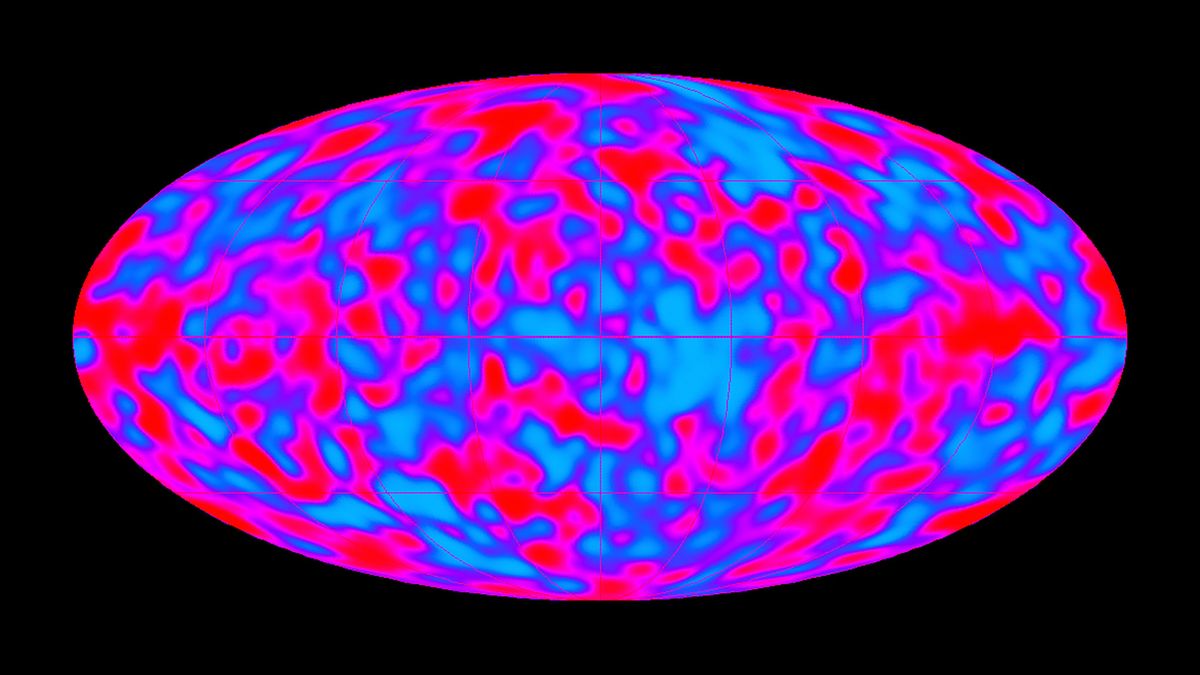Kinga Krzeminska/Moment RF/Getty Images
While stress is a natural reaction, too much stress could cause a flare-up in itchy red hives on the hands, neck, chest or arms.
Sign up for CNN’s Stress, But Less newsletter. Our six-part mindfulness guide will inform and inspire you to reduce stress while learning how to harness it.
CNN
—
Too much stress isn’t good for you — on top of feeling relentless burnout, it can lead to sleep problems, a poor immune system, higher blood pressure and lower cognitive function. And occasionally, chronic or acute stress can affect your skin, too.
Stress is a natural response to perceived threats and can be healthy to a certain degree, as it creates needed hormones such as DHEA and oxytocin that motivate people to perform better in certain aspects of life, including social relationships. If people experience too much stress for too long, the stress hormone cortisol rises and can trigger the immune system to be more reactive and make skin more sensitive, according to Allina Health.
Stress-induced rashes typically cause a flare-up of hives — persistent, raised itchy bumps — and are common. For those who experience other skin conditions, such as eczema, rosacea and psoriasis, stress can trigger extreme outbreaks.
While you may not realize how stress is affecting your skin until it’s too late, there are preemptive ways to avoid recurring stress rashes, and ways to treat the hives if you already have them.
“Most of the time, the lay term ‘stress rash’ refers to ‘hives’ or what a medical provider would call ‘urticaria,’” said Dr. Whitney High, a professor and director of dermatopathology at the University of Colorado School of Medicine, in an email. Cholinergic urticaria is a rash that develops with emotional stress, or after eating hot or spicy food, according to a September 2022 study.
Stress hives can occur in response to elevated body temperatures caused by stress. The skin condition can also develop from an increase in histamine, a chemical your immune system makes in response to certain triggers, resulting in hives or welts, said Dr. Lauren Ploch, a board-certified dermatologist in Augusta, Georgia, and a member of the American Academy of Dermatology Association, via email.
If you break out in hives, a visit to the doctor could be a good idea, as the hives can also be caused by a change in laundry detergent, shampoo or soaps, a change in diet, or other factors. Ruling out these possible factors first will help to determine whether stress is the cause.
“While we recognize, as Dermatologists, that hives can be caused by stress, it is not our ‘first-explanation,’” said High, who is also a board-certified member of the American Academy of Dermatology Association, via email. “If we can’t find any other cause for hives, then it is reasonable to consider stress.”
Occasionally, with prolonged stress, the condition can develop into neurodermatitis, which is a seemingly never-ending cycle of scratching, causing the skin to become itchier with each scratch, High said.
Stress rashes look like puffy red bumps that can appear all over the body, but most commonly on the face, neck, chest or arms, according to Scripps Health. The size of the hives can range from tiny dots to large welts and occasionally form in clusters, High said.
The hives come on suddenly and can last as few as a day or up to weeks, but the lesions are always migrating, High said, where a hive will go away and a new one will form, until the condition goes away entirely or is treated.
The hives are relentlessly itchy and can sometimes cause a burning sensation. Stress rashes are occasionally paired with swelling of the eyelids or the lips, Ploch said.
The best treatment for a stress rash is to prevent it altogether, but don’t panic if after a hard day at work your skin begins to itch.
About 20% of people will be affected by hives at one point in their life, according to the American College of Allergy, Asthma and Immunology. Most of the time, the hives can be treated with oral antihistamines, such as Benadryl and Zyrtec, but could even go away on their own after the factor that caused them is taken away. With stress-induced rashes, stress-reduction techniques such as relaxation, meditation and other similar cognitive therapies may be appropriate, High said.
To relieve swelling and itching at the onset of a rash, taking a cold shower or a cold plunge may help, Ploch said, and she recommended avoiding hot foods, alcohol, and hot tubs and saunas, which could irritate the rash. It is important not to scratch, too, as it can make the itchiness worse and could spread harmful bacteria, according to Scripps Health.
While stress is a natural response, when too much begins to affect your physical health, it may be time for a change in routine. The World Health Organization recommends tactics to mitigate stress, including staying connected with close friends and family and maintaining a daily schedule that allows time for meals, exercise and recreational activities.
“Long-term stress prevention can be achieved with a healthy diet, adequate amount of sleep, and moderate amount of exercise,” Ploch said. “Also, immediate stress reduction techniques such as meditation or breathing techniques may be helpful.”

Rachel Carter is a health and wellness expert dedicated to helping readers lead healthier lives. With a background in nutrition, she offers evidence-based advice on fitness, nutrition, and mental well-being.







